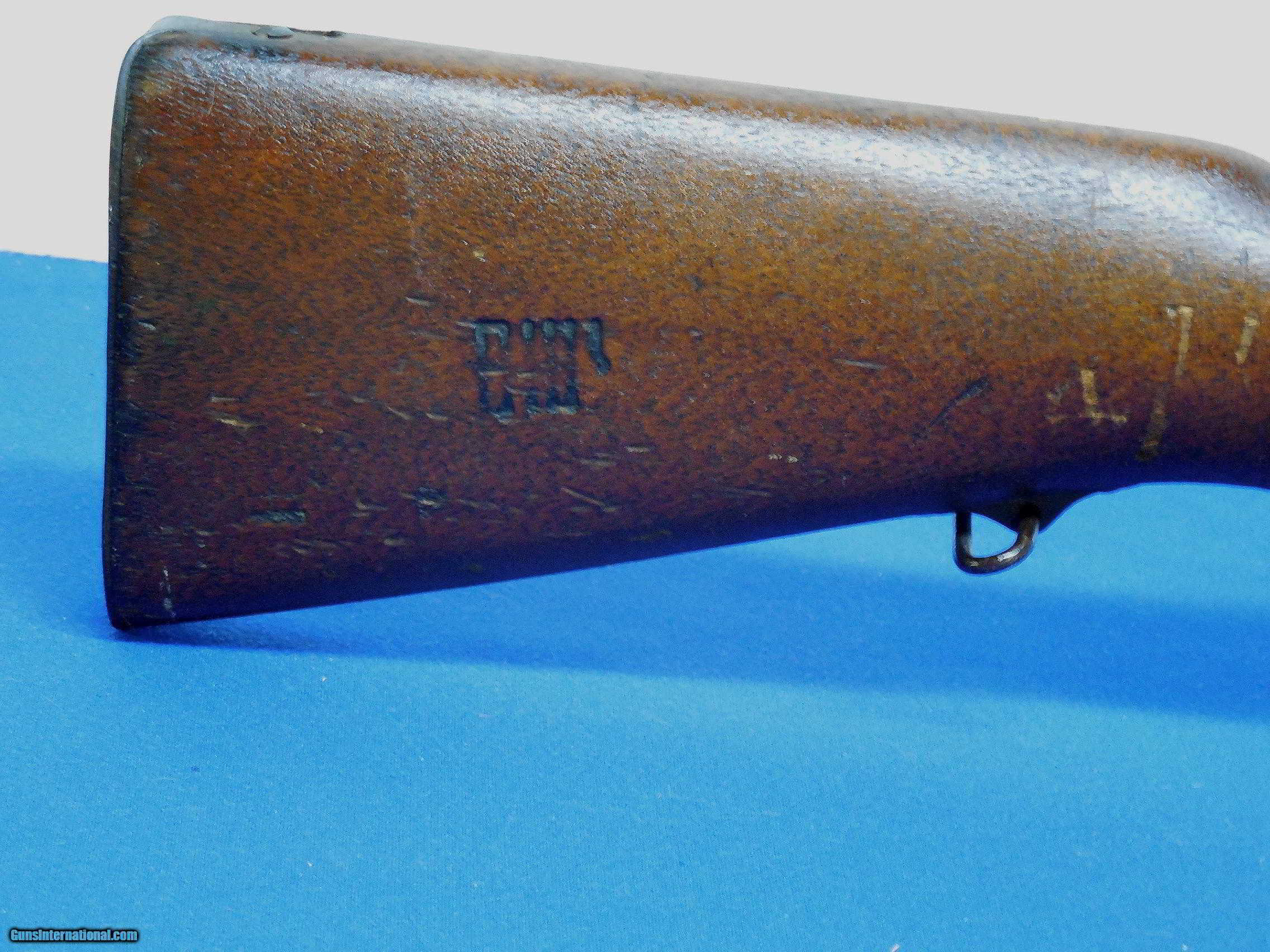

The method of operation is to private message you and tell you that you should contact such 'n such person at a given email address. Attention! There has been an influx of scammer signups!.Thanks for visiting and we hope you become a regular! Once registered you will have access to participate in our community. Welcome to the Pennsylvania Firearm Owners Association Forum, we hope you like what you find here and we strongly encourage you to register for an account with us, especially if you are from Pennsylvania. Select the forum that you want to visit from the selection below. Originally intended for the cavalry, also used by other support personnel.Ĭhambered in 6.550mmSR Type 38, but more commonly used reduced charge cartridges associated with the Type 11 and 96 light machine guns for lighter recoil, reduced report, camouflaged muzzle flash, and overall accuracy.Ĭhambered in 7.758mm Type 99, later rimless variants of the Type 92 and 97 cartridges also usable.Before you can post: click the register link above to proceed.
#ARISAKA TYPE 38 CARBINE MARKINGS FREE#
The latter was usually done with rifles removed from Japanese military service (and thus no longer the emperors property), including rifles given to schools or sold to other nations, such as the British Royal Navy s purchase of many Type 38s in World War I to free up SMLE rifles for their land forces.Ĭhanges include tangent type rear sight, separate sliding bolt cover (as opposed to simultaneously moving ones on all other types after) of the same type later used on the Siamese Mauser style rifle, hook safety replaced with a large knob cocking piece to protect from gases in case of a blown primer, larger bolt handle knob, improved bolt head, gas port in bolt body, and improved chamber configuration for better cartridge feeding.Ĭhambered in 6.550mmSR Type 38, Type 30 cartridge is also usable.ĭesigned in 1905 and simultaneously produced until 1942 with 3,400,000 built.ĭistinguishing features are its folding spike bayonet and two-piece takedown cleaning rods concealed within the buttstock. Arisaka Type 38 Carbine Markings Free Up SMLE Some Type 38 rifles captured by the Kuomintang forces were also converted to fire the 7.9257mm Mauser round. Some of the captured Sino Arisakas were later exported to the United States, examples including a number of Type 38 carbines rebarrelled and rechambered for the 7.6239mm round. Most of the Arisakas with surviving insignia are in Japan, though there are a few remaining on samples taken as war trophies before the surrender, and those captured by Chinese forces.

To date, no documentation from either Japanese or U.S. There are conflicting claims that this was done on the orders of the Imperial Japanese Military prior to surrender, however it is generally accepted by most historians that the imperial chrysanthemums were ground off the rifles on the orders from General Douglas MacArthur, the commander of occupation forces at that time. Since most Imperial Japanese Armory contents were thrown into Tokyo Harbor after the signing of the surrender, spare ammunition also became rare.Īdditional 6.550mmSR ammunition was, however, produced in China for use in their captured rifles.

However, after the Japanese surrender in the summer of 1945, manufacture of rifles and ammunition stopped abruptly, and the Arisaka quickly became obsolete. Many captured Arisaka rifles were employed by neighboring countries both during and after World War II, in places such as China, Thailand and Cambodia. The Czech Legions that fought in the Russian Revolution were almost entirely armed with Type 30s and 38s. Prior to World War II, Arisakas were used by the British Navy and Russian Army, in Finland and Albania. Near the end of World War II, last-ditch ersatz models were being made in various cost-cutting feature variations with the goal of cheaply bolstering the imperial armed forces for example, the ovoid bulb-shaped bolt of earlier runs were replaced by a smaller and utilitarian cylindrical shape, the handguard on the barrel was omitted, and crude fixed sights were fitted. The rear sights also featured folding horizontal extensions to give a degree of lead suitable for firing against aircraft. The Arisakas were also one of the only guns of the era to use polygonal rifling in its barrels, rather than the more traditional lands and grooves. Tests on samples of Arisaka rifles conducted after the war showed that their bolts and receivers were constructed of carbon steel similar to SAE steel grade No.ĭuring destructive tests, the Arisakas were shown to be stronger than the M1903 Springfield, LeeEnfield, and Mauser rifles.


 0 kommentar(er)
0 kommentar(er)
